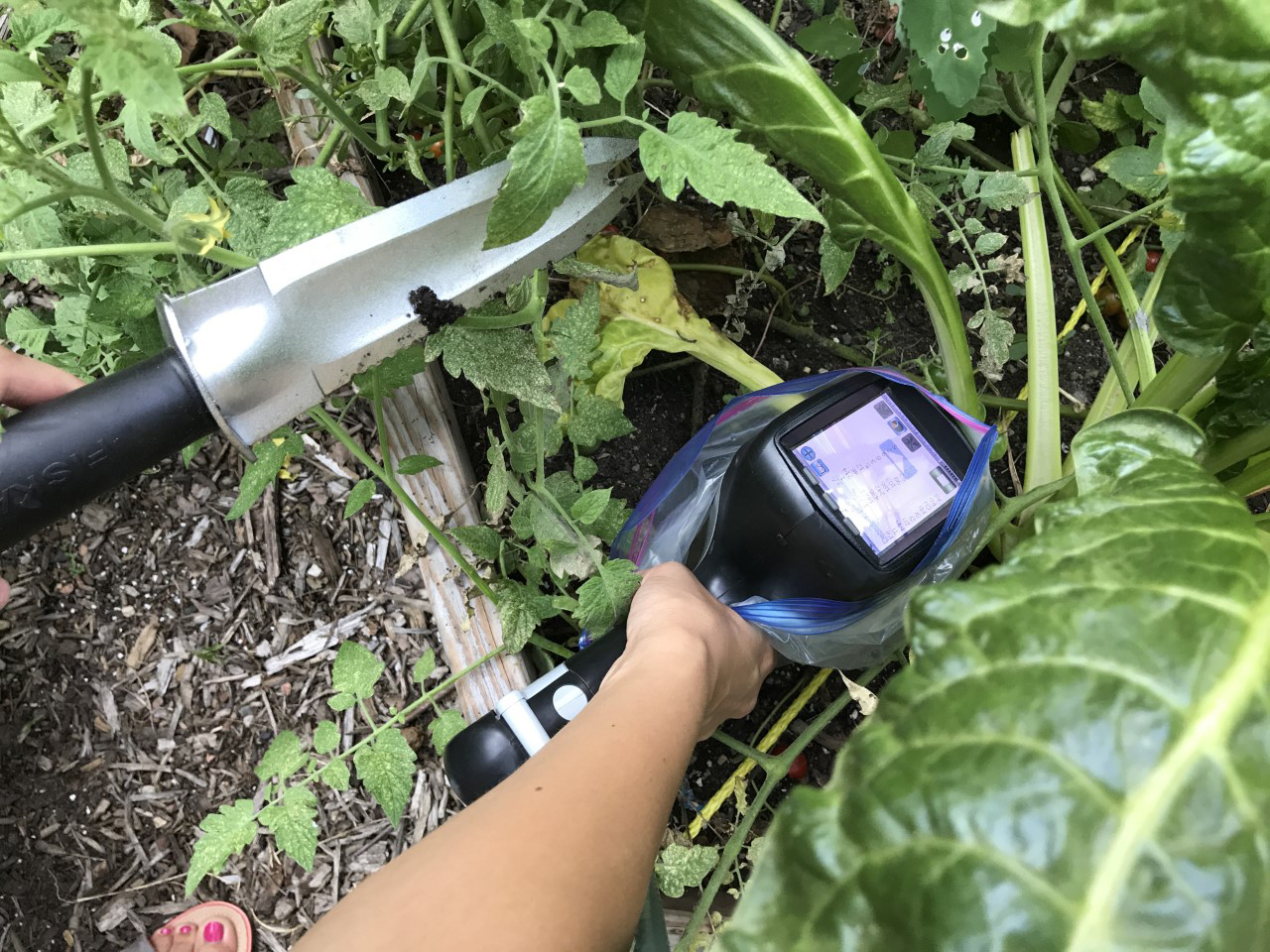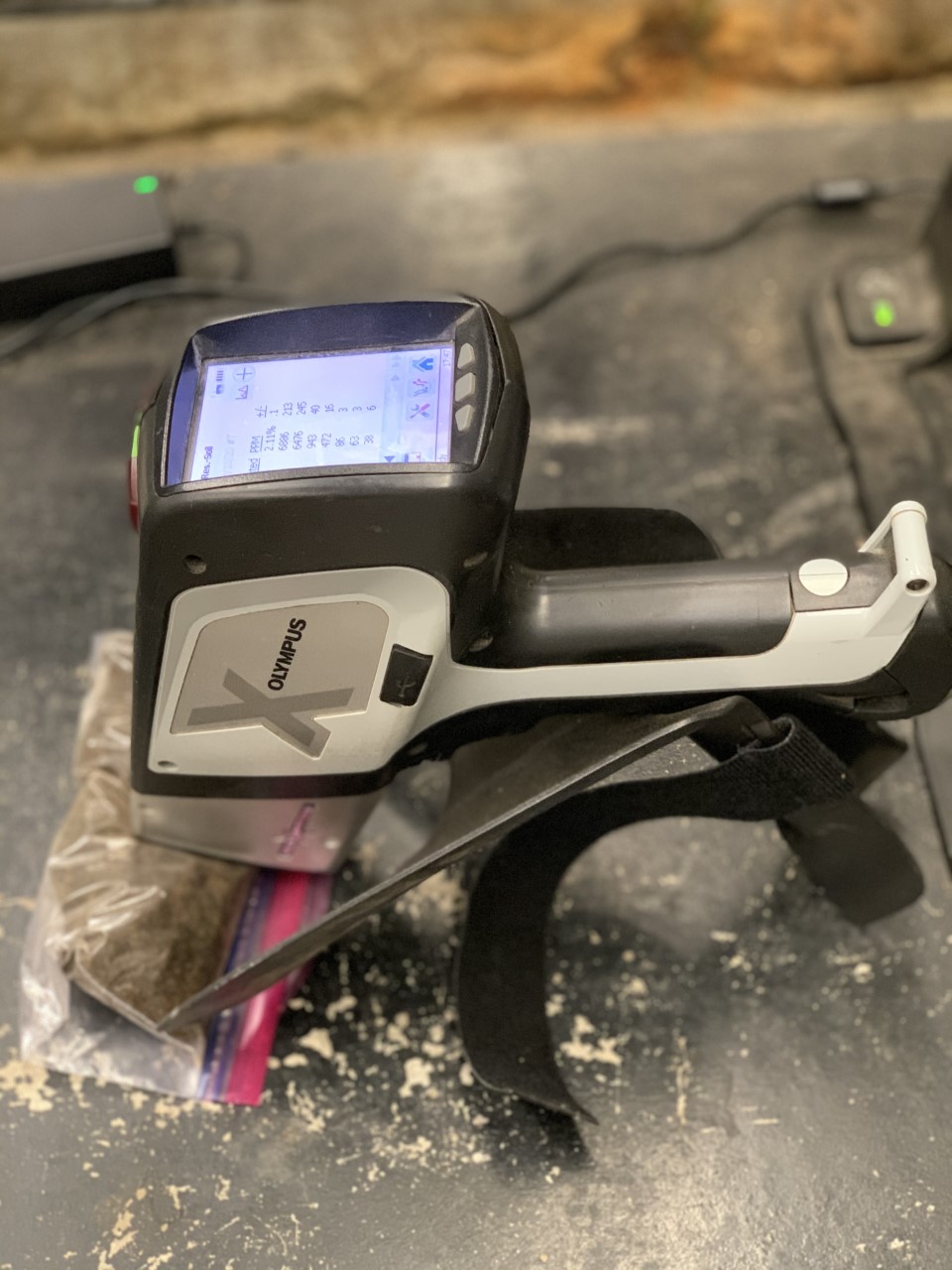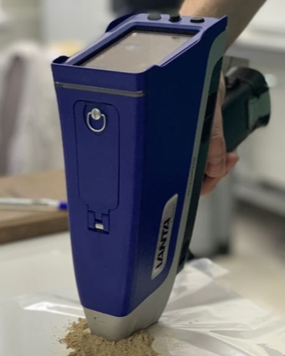Express assessment of soil pollution
Description
Soil pollution by heavy metals is one of the most common environmental consequences of urbanization and industrialization with a strong negative effect on human health. High heterogeneity of urban soils requires for a detailed analysis and mapping of soil pollution, which is too expensive with the conventional methods of soil chemical analysis (e.g., AAS or ICP). Express technology to assess soil pollution is based on the portable X-ray fluorescence analyzer, adapted to particular soil conditions (e.g., texture, moisture and porosity). A short exposition time (1-2 minutes) and low costs allows making thousands of observations and mapping soil multiple pollutions on site. Soil pollution maps are the core for environmental impact assessment and health risk assessment.
Implementation sphere
Implementation cases
To read about
High-resolution mapping of soil pollution by Cu and Ni at a polar industrial barren using proximal and remote sensing
Land Degradation & Development, 14 March 2022
Yury Dvornikov, Marina Slukovskaya, Alexey Yaroslavtsev, Joulia Meshalkina, Alexey Ryazanov, Dmitrii Sarzhanov, Vyacheslav Vasenev
Remediation of an urban garden with elevated levels of soil contamination
Science of The Total Environment, Volume 72220, June 2020, Article 137965
Anna A. Paltseva, Zhongqi Cheng, Sara Perl Egendorf, Peter M. Groffman





